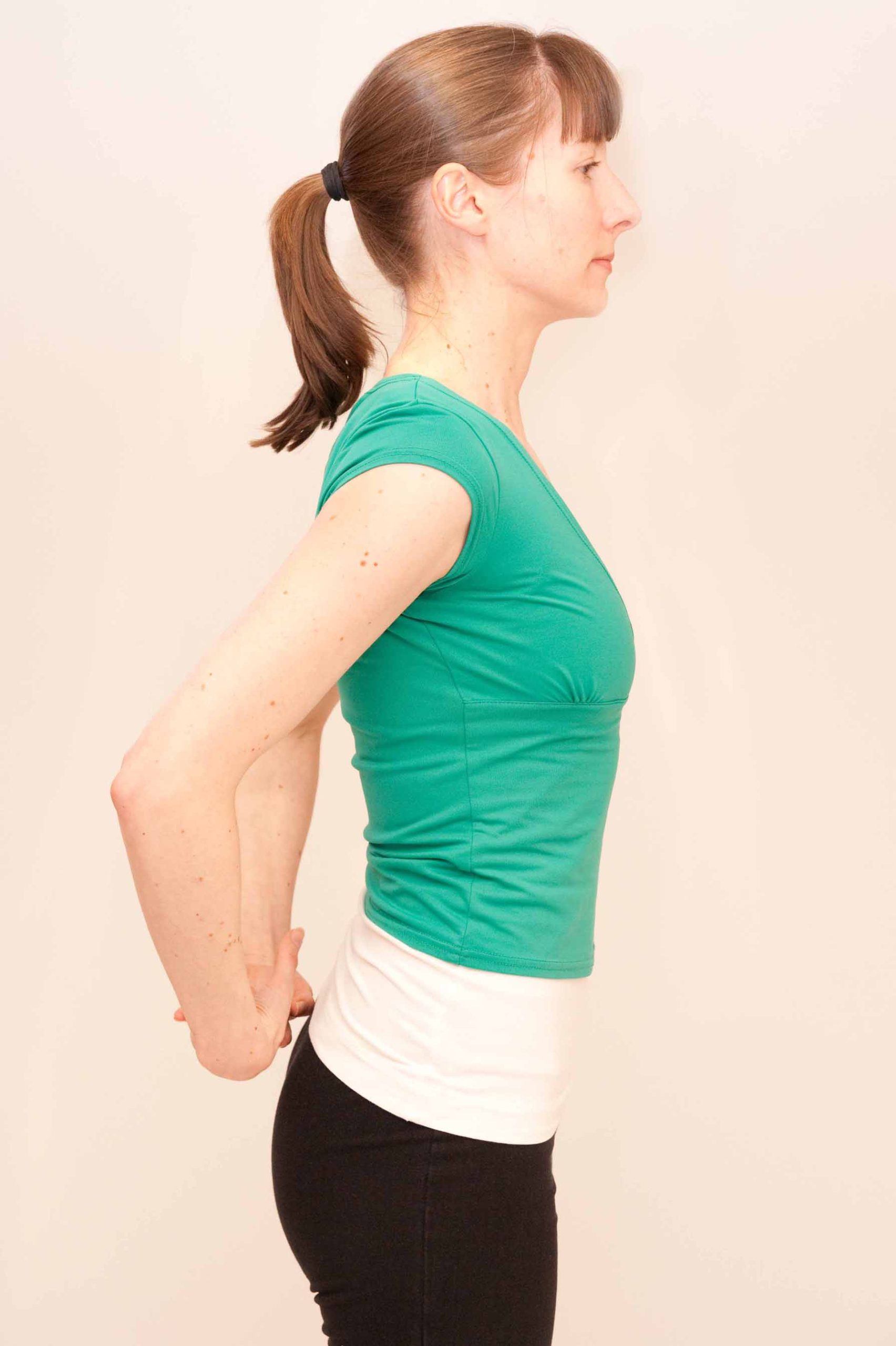 Things coming to an end aren’t always happy experiences, unless the thing ending is back pain.
Things coming to an end aren’t always happy experiences, unless the thing ending is back pain.
Tight pectoral muscles can lead to bad posture by rounding the shoulders forward. Back and neck pain can follow. A forward head is the postural malalignment of the neck that moves the head from its neutral position. Upper back pain can result from overstretched back muscles pulled by the dominant muscles in the front of the body.
Common causes for chest dominance are uneven upper body workouts, desk jobs and slouching. Stress and depression often cause people to slouch, which can exacerbate muscular dominance.
The strategy to create muscle balance out of muscle imbalance is to strengthen the weak side and relax the tight side. Pecs are often tight and can be relaxed with a few stretches at home.
The latissimus dorsi (lats) also can contribute to these issues. The lats are a pretty amazing muscle. They have origination points most of the way up the back. Starting at the iliac crest of the pelvis there are insertion points in ribs 9-12 and up into the spinous process of T7-T12. With all of these origin points the lats culminate in one attachment site on the upper arm.
Because of this attachment site on the arm, shortened and tightened lats can pull the shoulders into a forward and rounded position similar to that caused by tight pectorals. This also shortens the pectorals and stretches the muscles of the upper back including the rhomboids and trapezius. The tightness in the front of the body can lead to pain in the upper back.
The following stretches include one for the lats and a unique stretch for the chest. The lat stretch is just that, a stretch with a two-second hold. It can make a world of difference in your quest for muscle balance.
 The pectoral stretch is a proprioceptive neuromuscular facilitation, or PNF, stretch. This type of stretch uses physics. For every action, there is an equal and opposite reaction. Applied to stretching: The tension of a muscle will result in an equal relaxation of that same muscle. In the door pec stretch, you press against a doorframe for 10 seconds and then observe an increased range of motion upon the release. It’s kind of amazing to add 15 degrees to your range of motion in a few minutes.
The pectoral stretch is a proprioceptive neuromuscular facilitation, or PNF, stretch. This type of stretch uses physics. For every action, there is an equal and opposite reaction. Applied to stretching: The tension of a muscle will result in an equal relaxation of that same muscle. In the door pec stretch, you press against a doorframe for 10 seconds and then observe an increased range of motion upon the release. It’s kind of amazing to add 15 degrees to your range of motion in a few minutes.
If your back pain is caused by muscle imbalances, these stretches should help. If your pain doesn’t decrease, you may have a different issue. See your favorite massage therapist to better understand how everyday activity contributes to your muscle balance.
Source: www.lvrj.com; Chris Huth; January 20, 2013.







